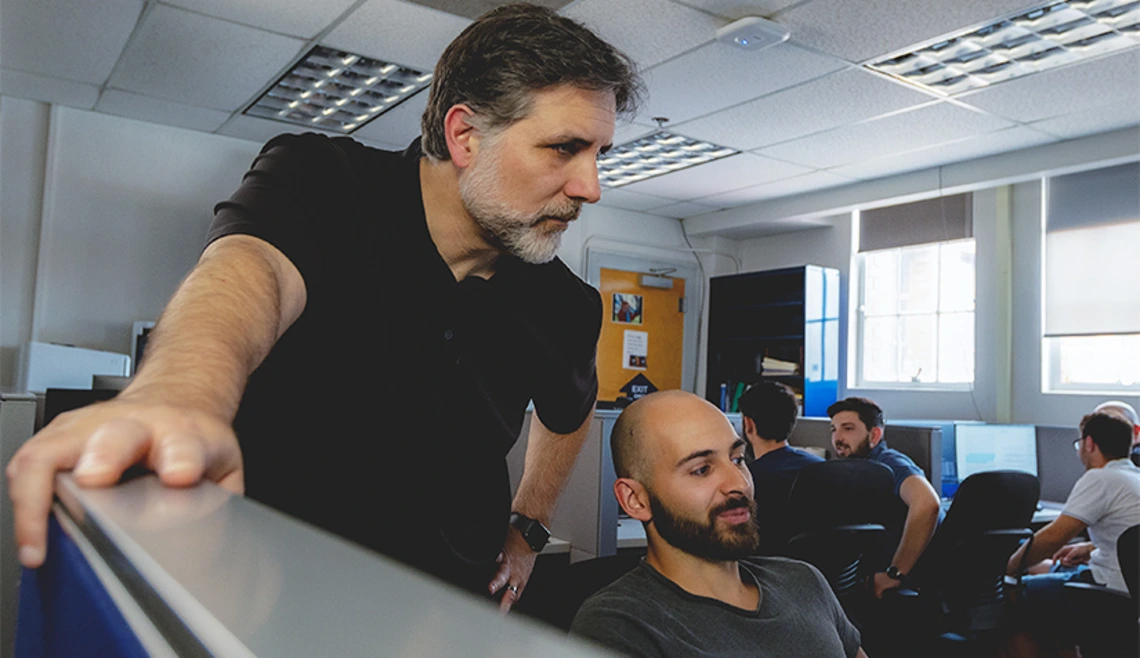FAQs

We have compiled FAQs here for faculty, staff, and students around large language models (LLMs), such as ChatGPT, Gemini, Co-Pilot, and others. We continue to update this information as the technologies evolve.
The University recommends that faculty provide guidance to their students about the use of technologies as a part of their course. If a student is unsure regarding the proper use of generative AI as a part of a course assignment, they should consult their faculty/instructor. Syllabus guidance for faculty is provided by the Center for Assessment, Teaching, and Technology (UCATT).
The University of Arizona offers staff online workshops and training, including O’Reilly and Microsoft Learn as well as EDGE Learning and LinkedIn Learning. Other resources include the Process Automation Team, a community of practice open to the University community that tackles AI questions, among other topics, and UCATT, the UA Libraries, and DataLab.
Generative AI will likely be a part of our students’ future. Thus, teaching them how to effectively use these technologies within their academic disciplines can be beneficial. We anticipate that faculty will integrate these tools into their curricula, just as all new relevant technologies have been integrated into curricula and research over the years.
Researchers are already using AI to generate code, analyze data/text, and for many other applications. Researchers need to be aware of compliance requirements and the implications for research including human subjects research (both under HIPAA and not under HIPAA), Indigenous data sovereignty, and other ethical considerations.
Always fact-check the accuracy of the AI’s outputs.
Faculty generally assess the originality of coursework submitted by the students in their courses, often in consultation with their students (see Academic Freedom and Freedom of Expression).
Detection tools should be used with caution when determining the presence of generative AI in writing and other submitted materials. As with any detection tool, false positive results can be expected and taking into account the genesis of work is crucial to making a full determination (see The false positives and false negatives of generative AI detection tools in education and academic research: The case of ChatGPT). Please see UCATT and the UA Libraries for more information.
UCATT and the UA Libraries offer resources for teaching and learning with AI, workshops, and information on faculty learning communities, assignment design and learning, academic integrity, and syllabus policies.
AI tools may store or analyze your inputs. Avoid inputting personal, confidential, sensitive, or university data into unapproved AI tools due to the potential risks associated with data privacy and security breaches. The UA Libraries also provide information on privacy protection. Exercise caution when engaging with new AI applications.
To protect our community and reduce information security risk, the University of Arizona is taking proactive measures, including blocking use of the DeepSeek mobile application and website on:
- University-issued devices and personal devices used for university business, including computers, tablets, smart phones, and other internet-enabled equipment.
- University wired and wireless networks, including residence halls, libraries and Student Union facilities.
Please note: The security vulnerabilities are primarily associated with the mobile app and website, and not with integrations with services/vendors such as Microsoft and Perplexity at this time.
The university also strongly cautions against using DeepSeek on personal devices to prevent your information and data from being compromised. Visit DeepSeek AI - Overview and Security Risks to learn more.
A recently released report by the U.S. Copyright Office concludes that the outputs of generative AI can be protected by copyright only where a human author has determined sufficient expressive elements.
Current conversations about AI offer a chance to reimagine the assessment of student learning. Whether students are creating an infographic, writing an annotated bibliography, or designing a graphic for a marketing campaign – AI can be used throughout. UCATT offers strategies and resources to guide teaching decisions.
Use AI detection tools cautiously, as they are not foolproof. Encourage students to submit drafts, explain their thought processes, and use AI ethically. Visit UCATT’s section on Getting Started with AI for more information.
Be mindful of biases in AI models, the potential spread of misinformation, and the digital divide that may limit student access to AI tools. UCATT offers more information on opportunities, ethical issues, and risks of generative AI.
